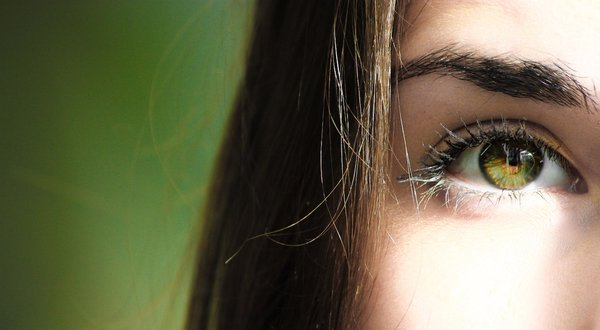In this colder-than-cold weather, it’s easy to forget about the good times.
You know, when walking from here to there didn’t feel like you were on the losing end of a boxing fight, and slivers of skin could face fresh, outdoor air without fear of frostbite. Or the days when you could actually soak up all the vitamins from the sun’s rays without having to rush indoors to escape the cold. Not to mention the general lack of sunlight most people get since it’s dark when we wake up and then again before leaving the office at the end of the day.
It's little wonder so many people get depressed in the winter, with Seasonal Affective Disorder (SAD) thought to affect about 10 million Americans, according to Psychology Today. SAD is an accepted form of clinical depression, but its underlying cause splits experts, with some of them saying they're not even sure the disorder exists, Men’s Health reported.
RELATED READ: This is what the polar vortex looks like across the U.S.
According to a study published in the Behavioral Science and Psychology journal, eye color can play a significant role in how susceptible people are to SAD.
After examining 175 students from two universities in England, researchers found those with lighter or blue eyes had less risk of the "winter blues" than people whose eyes were dark or brown — likely due to the eye’s ability to absorb light, Business Insider reported.
Men’s Health explains:
The retina is the part of our eyeball containing cells that are sensitive to light. When light enters the eye, these cells trigger nerve impulses that form a visual image in our brain. In 1995, scientists discovered that some retinal cells, rather than forming an image, simply send information about levels of brightness from the back of the eye to the brain’s hypothalamus. The hypothalamus is an important part of the brain which secretes hormones (such as oxytocin) that regulate temperature, hunger, and sleep cycles.
Researchers believe that people with blue eyes have the same mutation that is responsible for light skin color, which leads to the increased production of vitamin D. Thus, people in parts of the world where dark comes on early in the winter can quickly manufacture vitamin D with scarce sunlight to counter SAD, according to Business Insider.
Fortunately, there are ways to combat SAD. Simply going outside for a regular walk, especially at times when it’s sunny, can serve as a mood-booster (though admittedly not advisable during a polar vortex). There’s always “phototherapy" – sitting in front of a light box for an hour daily – which may spur noticeable improvement for most users, no matter their eye color.


